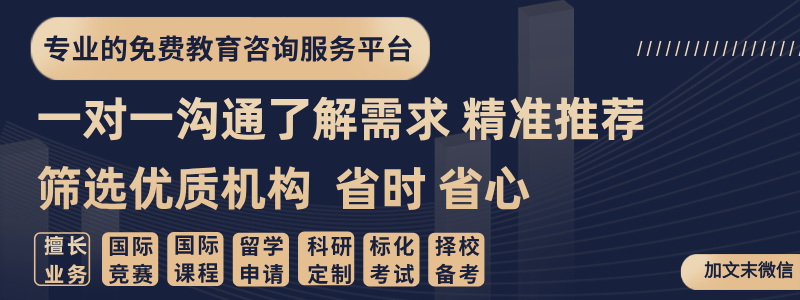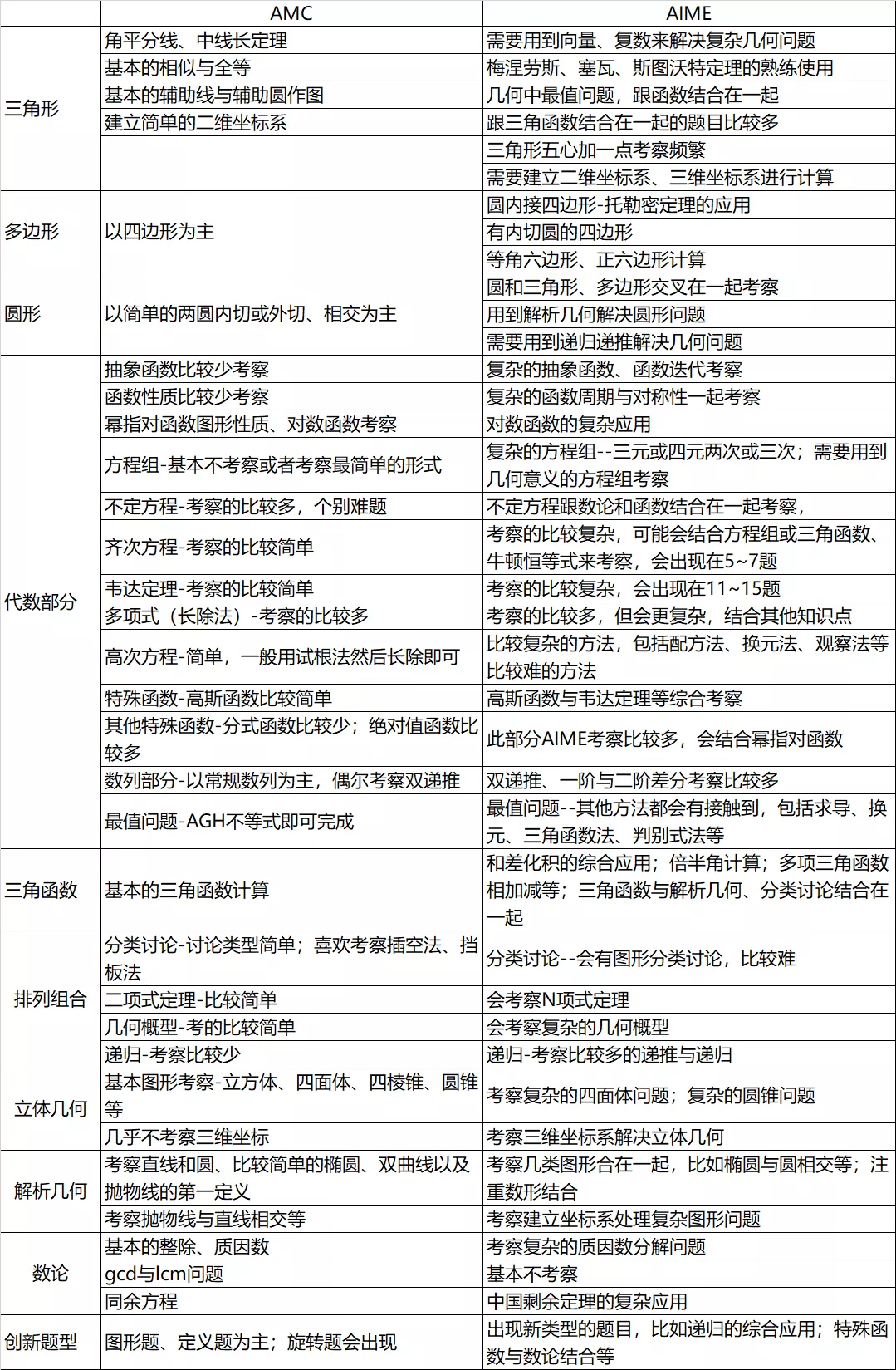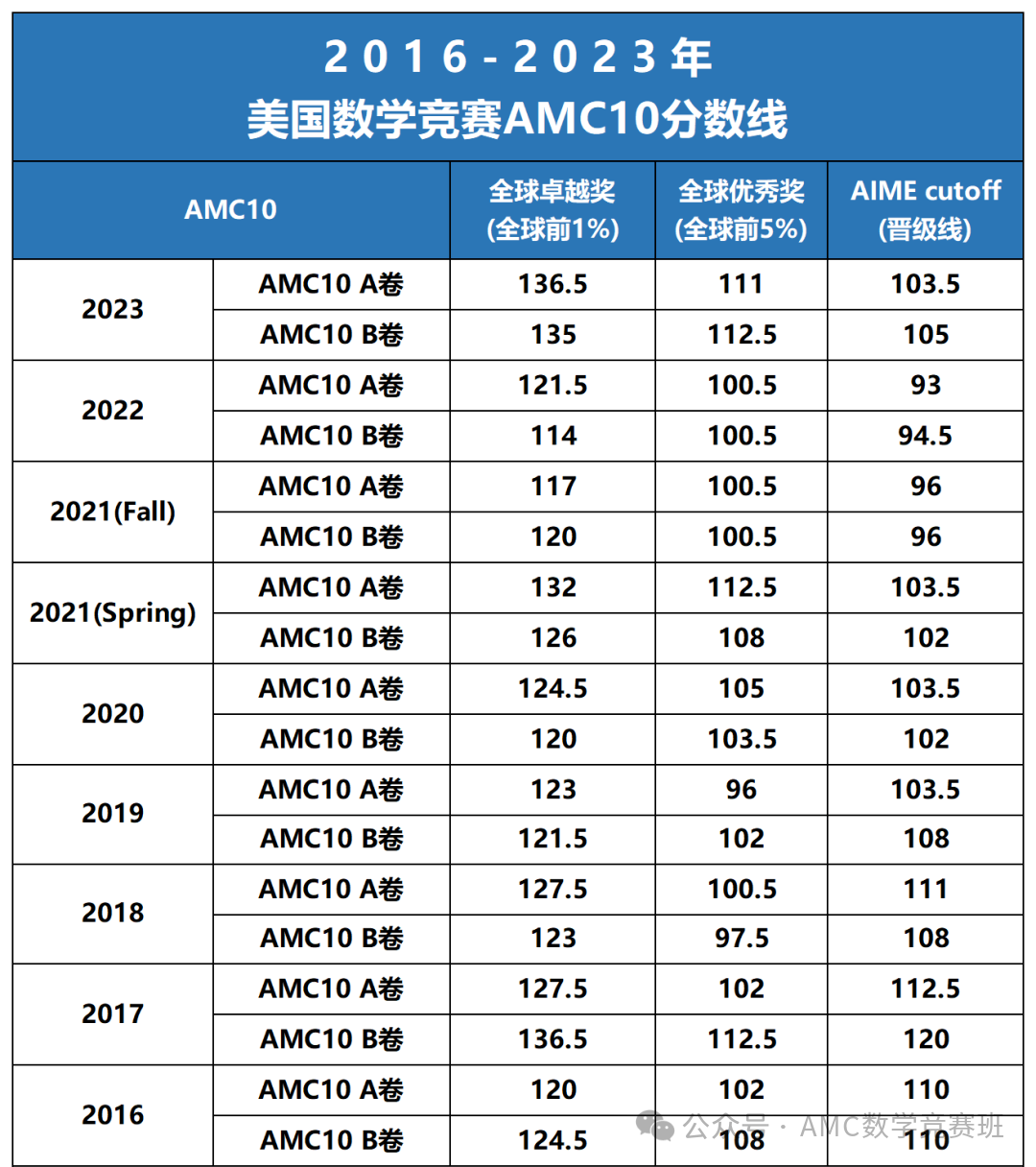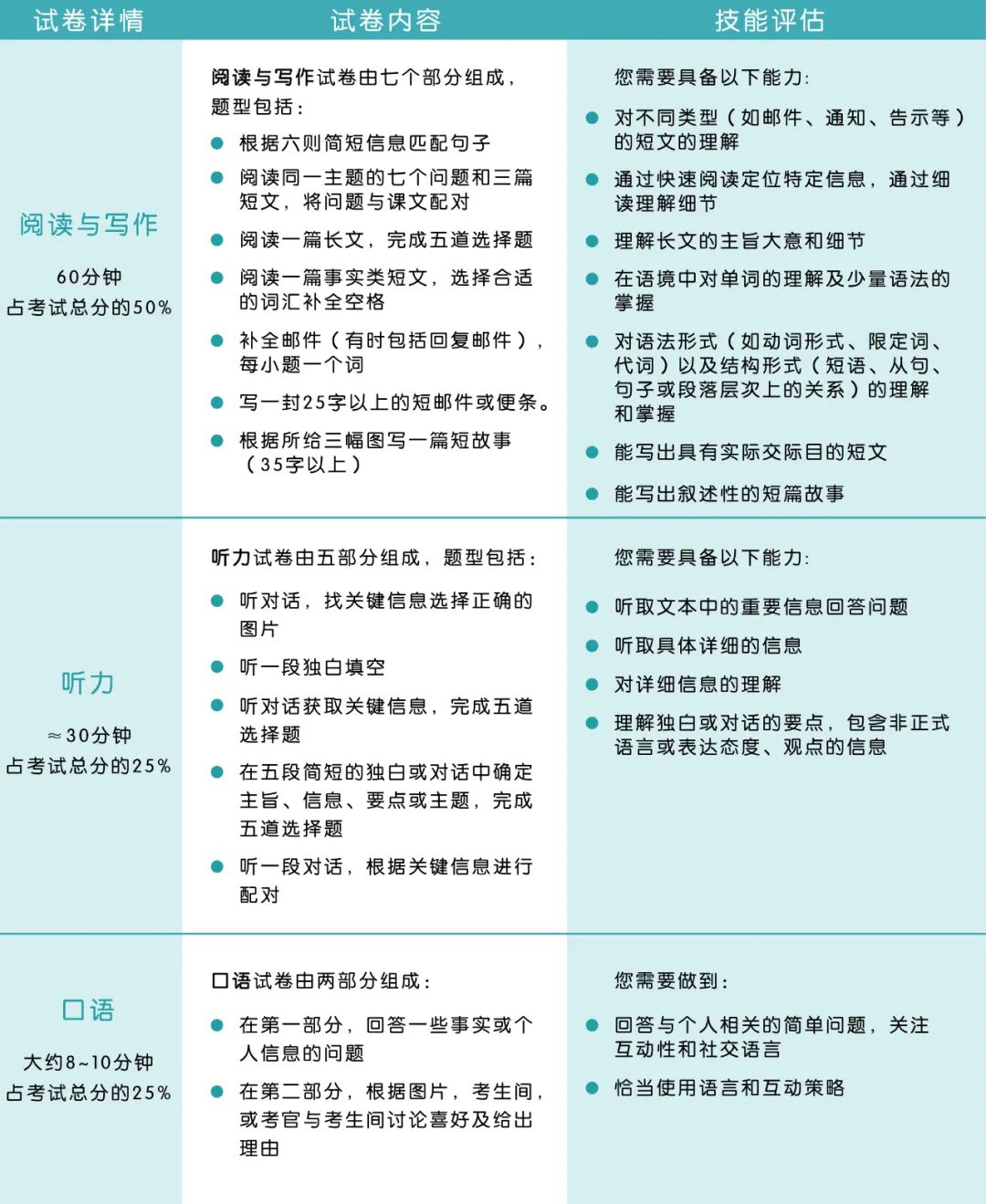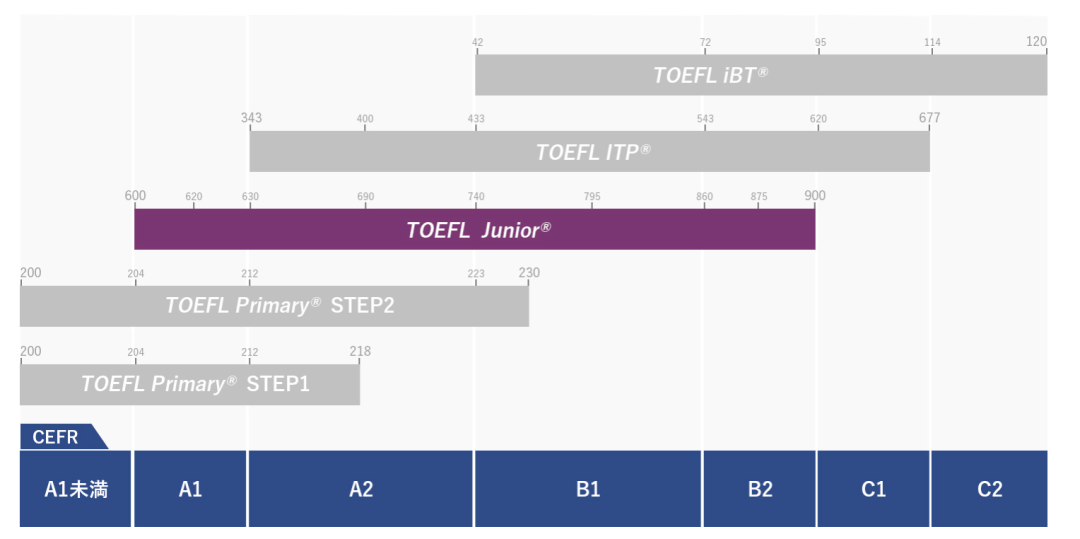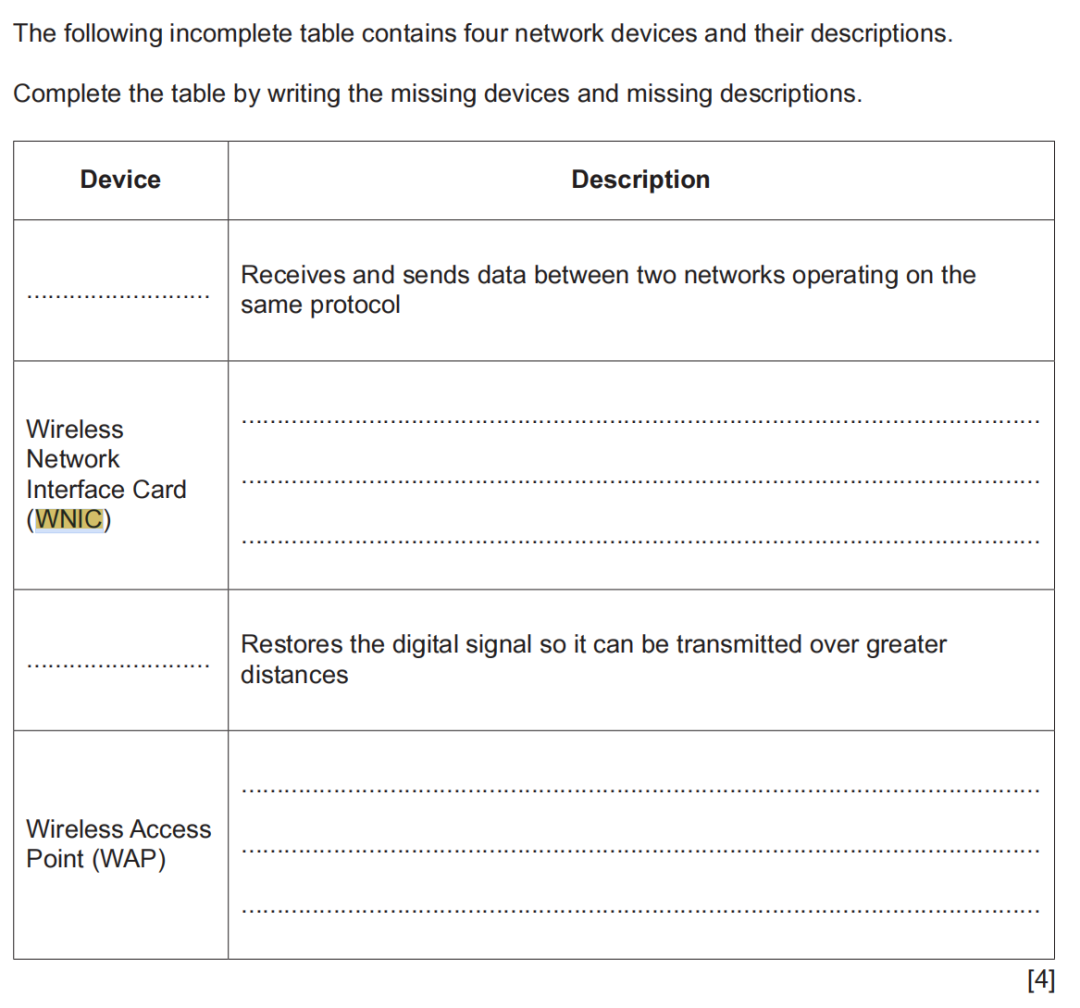2012年的冬季,NHSDLC在北京举办了第一届联赛。12年来,我们一直致力于提升中国青少年的综合思维素养,并努力将国内优秀的年轻人带向更加广阔的国际舞台。
12年来,我们不断尝试新举措,优化联赛品质和体验。其中,线上全国邀请赛的挑战组别自创立以来,一直是每年夏天的一大看点。
在过往的CHALLENGE DIVISON赛事中,我们邀请到了国际顶尖辩论教练担任裁判,近距离领略国内选手的实力与风采,更搭建起了国内国际交流、强强联合的桥梁。
2024年,我们将目光投向全新的比赛形式和赛制引进,为大家隆重推出「 首届 林肯道格拉斯辩论 挑战赛 」。今天我们为大家带来林肯道格拉斯辩论挑战赛参赛指南!
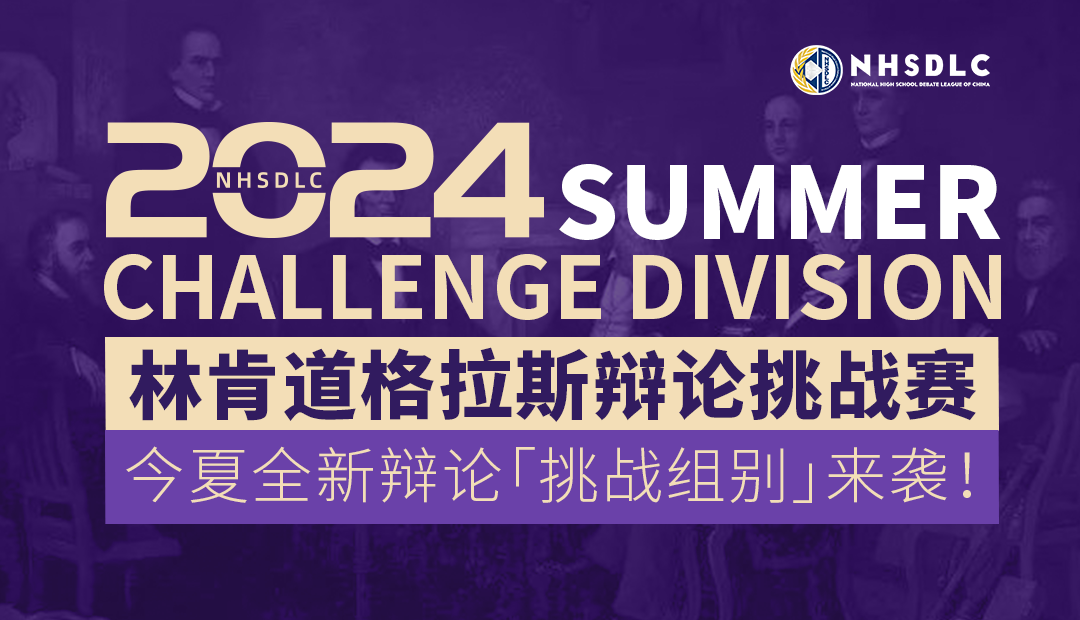
本文主要内容:
比赛基本信息|LD备赛指南|赛场表现TIPS
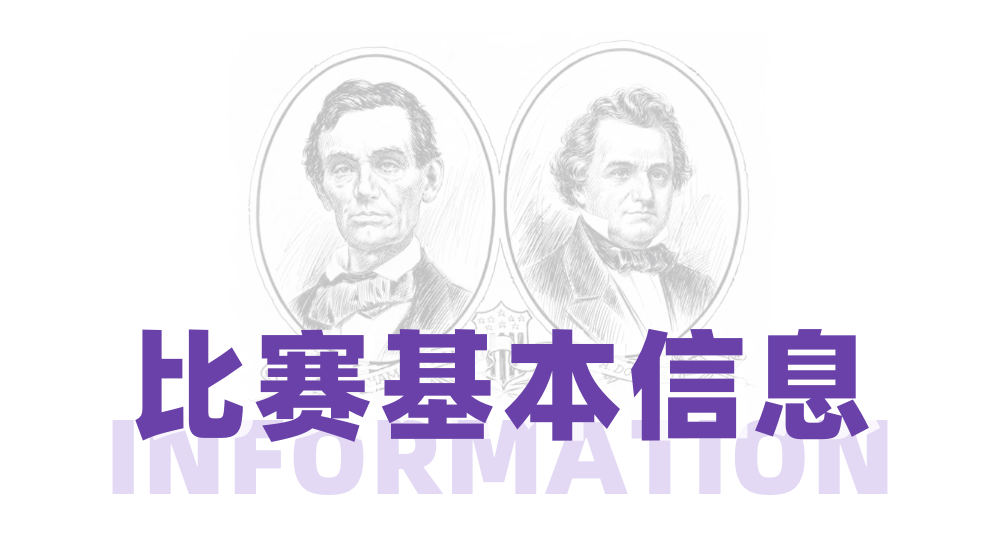
比赛时间:8月19日
比赛地点:线上比赛(采用腾讯会议进行)
比赛人数上限:40人
比赛辩题
Resolved: The Federal Republic of Brazil ought to prioritize its environmental protection over its economic development.

比赛报名通道
本次比赛报名将分为常规报名和临时报名。
· 常规报名通道:已于8月5日截止
· 临时报名通道:8月16日-8月18日中午12:00
比赛及辩论流程
三轮循环赛+后续淘汰赛
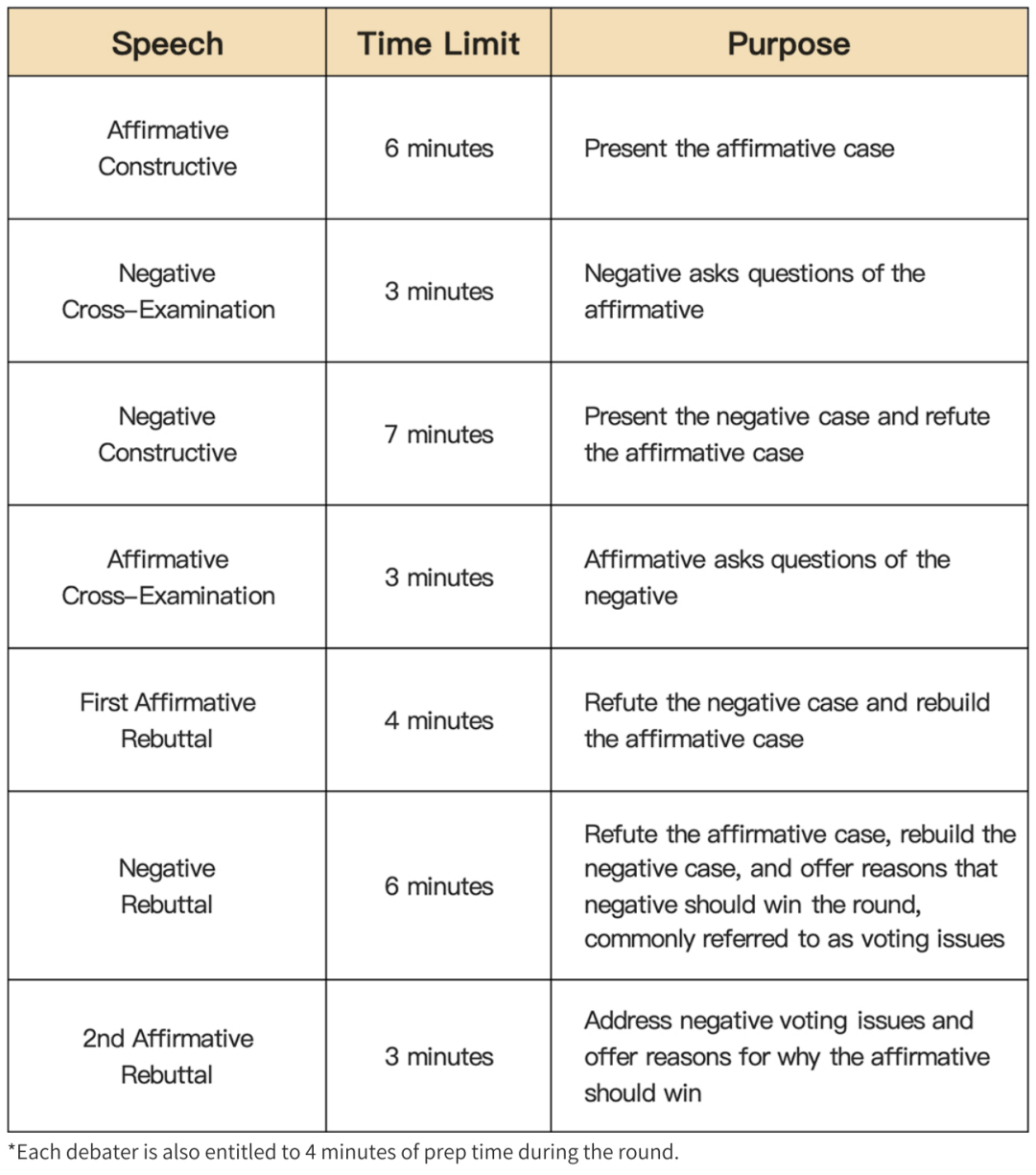
比赛日程安排
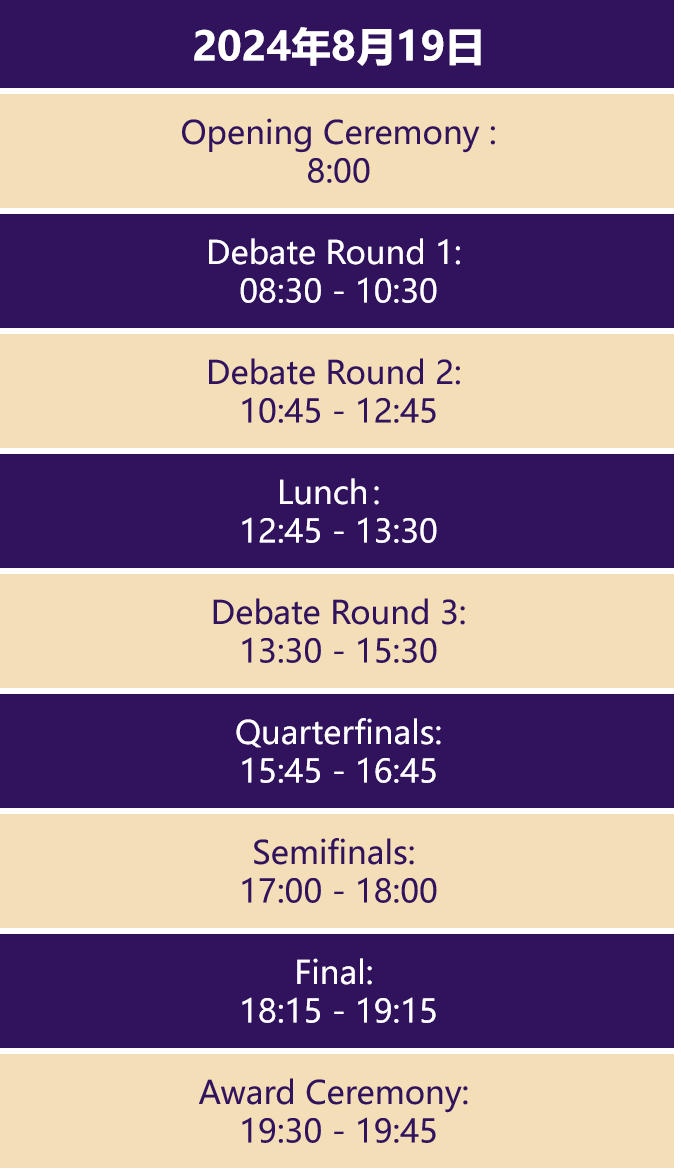
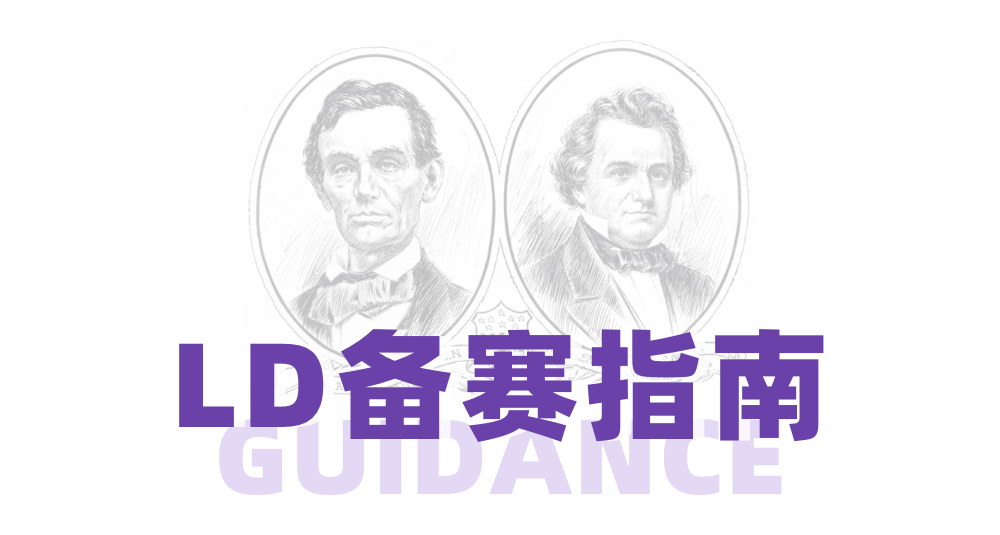
林肯道格拉斯辩论(Lincoln-Douglas debate,俗称 “LD辩论”)以1V1形式展开,由两名辩手就一项决议进行正反辩论。是美国的主流辩论赛制之一,广泛流行于美国的高中、大学校园内,许多国际大型联赛中均设置了LD辩论组别的赛制。
从辩题领域来看,LD辩论更侧重于社会和哲学问题中相互冲突的价值观,多研究道德、正义、民主等问题。
下面我们将从论证 (Argumentation)、案例 (Casing)、反驳 (Refutation)等多个角度为大家展开介绍如何更好地进行LD辩论备赛。

First, a debater must clearly establish their claim. This is generally a declarative statement that establishes the point they are setting out to justify.
Next, a debater must clearly establish why their argument is valid. This is known as the warrant for an argument. Debaters need to go beyond asserting their claims by backing them up with analysis explaining why the argument is true. The warrant can come in many forms, but is necessary for the development of the argument. It is important to note that having an author simply make an assertion about a topic is not a warrant.
Finally, a debater must provide an impact for their argument. This means the debater establishes why the argument is significant in the round.

After students brainstorm arguments, it is time to construct cases.
While there is no rule requiring a specific structure, there is a traditional approach to constructing a case. Most commonly, LD debaters use a value and criterion model to structure their case.
Under this model, the students propose a specific value that they feel is the ultimate goal debaters should be striving for in the round.
Subsequently, they offer a criterion which offers a specific mechanism to determine if the value is being achieved by either debater in the round.
A common example is offering a value of Justice with a criterion of Rights Protection. A debater should offer definitions of these terms, as well as explain how the value best fits the resolution and how the criterion best measures if the value is achieved. After they establish their value and criterion, they would offer contentions. These are the main arguments of the affirmative or negative and would strive to assert that the value/criterion is being achieved. When developing arguments the arguments should link back to the value/criterion.

Lincoln Douglas debate is more than just cases! Debaters engage in refuting each other’s arguments. Students may refute cases by denying the validity of the argument, which is most common. Additional strategies include, but are not limited to, asserting the reverse of the argument, showing the opponent’s arguments do not carry as much weight as their arguments, or taking out the link between the opponent’s argument and the value/criterion being used in the round. Students can pre-write their answers to arguments they expect their opponents to make. These are commonly known as “blocks.”

The criterion (plural: criteria) is also called thevalue criterion or the standard. The criterionshould act like a litmus test on the resolution.If you prove that your side better meets yourcriterion, and thus your value premise, youshould win the debate.
Your criterion can come in the form of aphrase or a sentence. Many people use a criterion of “the protection of rights” to suggest thatif they protect more rights, they should winthe debate. You will need to investigate whichcriterion is right for your case.
Again, your criterion should be unbiased and supported withevidence. In the analogy, both sides are capableof scoring more points so each side can accessthe criterion.
Under nocircumstances should you just state your value premise and criterion without explainingthe logical connection between the two. Yourjudges will need to understand your rationalein order to evaluate your arguments.

This is a structural element of a LD case thatidentifies what you believe the goal of theresolution should be and why you’ve selected your value premise. This is also sometimescalled a value or a core value. Regardless ofwhat it is called, it represents exactly samething: what value does the resolution careabout?
When debating our earlier example ofthe resolution about civil disobedience, manypeople used the value premise of justice. Theyselected justice because they argued that theresolution asked what a justified action wouldbe in a democracy. Your value premise shouldalways be fair. A value premise is fair when itis a goal that is achievable by both sides.
Thatis to say that you’d never want a value premiseof “height” in our basketball analogy becausethen the tall/slow players would always win.Likewise, you’d never want a value premise ofconscience on the civil disobedience resolution.

Evidence is normally the heart of sound argument. Evidence can take many forms and debaters often refer to it as cards. The best forms of evidence in debate will be an argument—of sorts. Agood piece of evidence will have a claim, a warrant, and perhaps a statement of significance of the claim, or an impact.
In NHSDLC LDcompetition,evidence will not be compulsorily required. It will also not be a key factor in judges’ decision-making process. But evidence is allowed in debates whenever debaters find necessary to support their arguments.
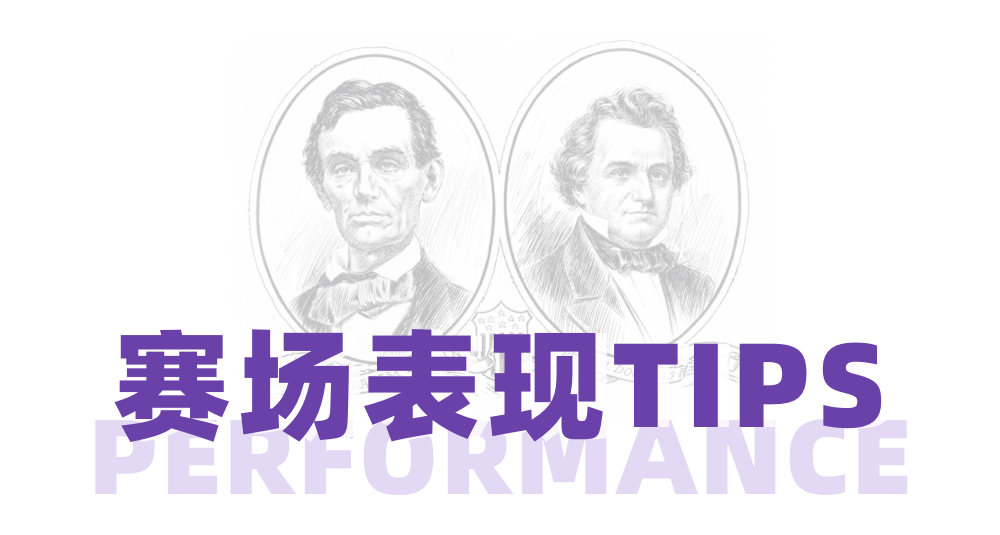
除了赛前的充分准备,赛场上的发挥和表现往往也对比赛结果起到了关键作用。以下针对赛场表现的TIPS希望能够帮助大家进一步提升~
It is important to remember that you are communicating to your judge. The decision rests solely in the hands of the judge! You must focus on persuading them, which means that you should be directing your speeches and cross-examination questions and answers to the judge, and not to your opponent.
When at your first tournament it is important to keep in mind that it gets easier with more practice. The goal is not about where you begin, but where you end. If you get better from round to round or tournament to tournament—you’re successful.
Focus not only on what you could improve upon, but also on what you did well. Celebrate what worked and try and emulate that in future rounds or tournaments. Take feedback from judges as opportunities to improve. If judges provide oral feedback, take notes on what they share to review with your coach.
Finally, do not fixate on the outcome of a round—focusing on wins and losses won’t lead to greater success!


